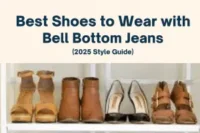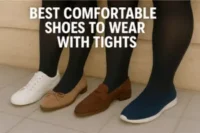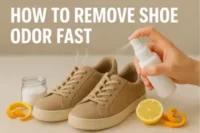Toe Box: Simple Tips to Avoid Foot Pain in Shoes
Published: 26 Sep 2025
Your toes hurt, but no one talks about why. You’re tired of shoes that pinch, cramp, or leave your feet aching—yet you keep wearing them because you think that’s just how shoes are. Here’s the truth: it’s not the size, it’s the toe box.
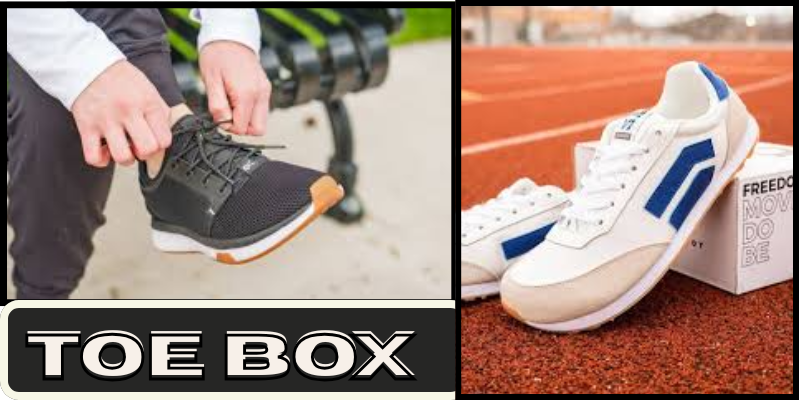
When your shoes don’t give your toes space to move, your whole body pays the price. I’ve been through it, and I figured out how to fix it. In this guide, I’ll show you exactly what the toe box is, how it affects your feet, and how to choose shoes that actually fit you. This is the one change that can turn pain into comfort. Keep reading—your feet will thank you.
1. What Is the Toe Box?
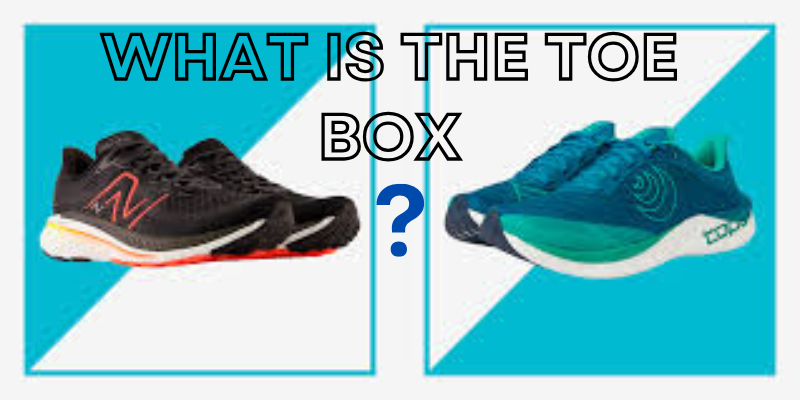
- The toe box is the front part of your shoe where your toes sit and move.
- It should give your toes enough room to spread, flex, and stay aligned—not feel squeezed or cramped.
- Many people confuse it with other parts of the shoe:
- Toe box = internal space for your toes
- Toe cap = outer covering or design element at the front
- Forefoot = broader area including the ball of your foot and toes
- Toe box = internal space for your toes
- This simple term confuses even regular shoe buyers because shoe sizing focuses on length and width, not toe space—and that’s where problems begin.
2. Anatomy of the Toe Box: Shape, Size, and Structure
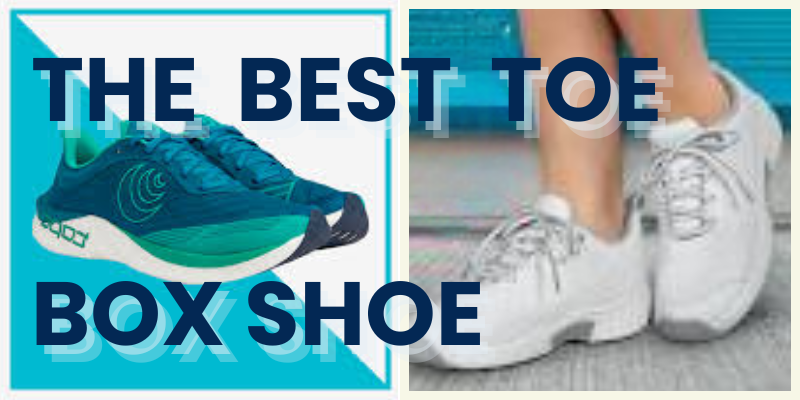
- The toe box has three key dimensions that affect comfort:
- Width – space side to side for your toes to spread
- Depth – vertical room for toe joints and nails
- Height – top-down space to prevent rubbing or pressure
- Width – space side to side for your toes to spread
- Tapering happens when the shoe narrows too quickly toward the toes—this often causes squeezing and long-term foot problems.
- Toe box volume is the total internal space—many shoes look roomy but still compress your toes inside.
- 🔍 Visual tip: A cross-section diagram showing narrow vs wide toe boxes would clearly show how shape impacts space and pressure.
3. Toe Boxes in Motion: How Your Foot Actually Moves
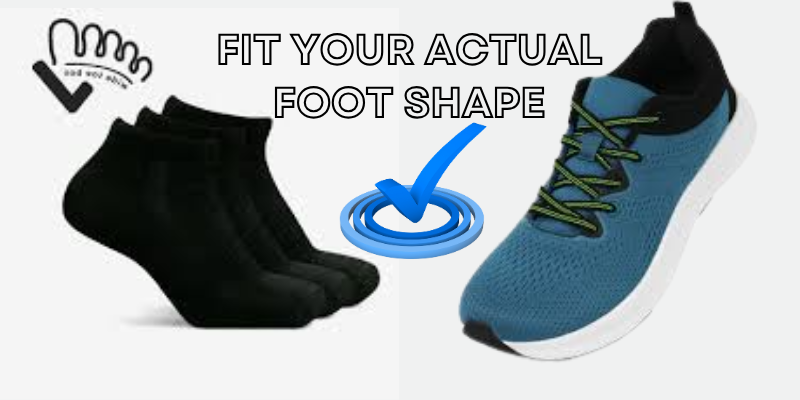
- Your feet don’t just sit still in your shoes—they move, flex, and expand with every step.
- When you walk, your toes naturally splay outward to keep balance and absorb impact.
- A tight toe box blocks that movement, forcing your toes to curl or rub against each other.
- Over time, this leads to strain, blisters, and alignment issues.
- A proper toe box supports dynamic movement, not just static fit—it moves with your foot, not against it.
4. How the Wrong Toe Box Wrecks Your Feet
- A toe box that’s too tight, narrow, or shallow can cause serious problems over time.
- Common issues include:
- Blisters and calluses
- Ingrown toenails
- Bunions and hammertoes
- Nerve pain (like Morton’s neuroma)
- Black toenails (especially in runners)
- Blisters and calluses
- These issues often start small—just a little discomfort—but they build up fast.
- Wearing the wrong toe box daily can change the shape of your toes and lead to chronic foot pain.
- Fixing it starts with choosing shoes that fit your actual foot shape, not just your size.
5. Toe Box Fit: The Easy Tests You Can Do Right Now
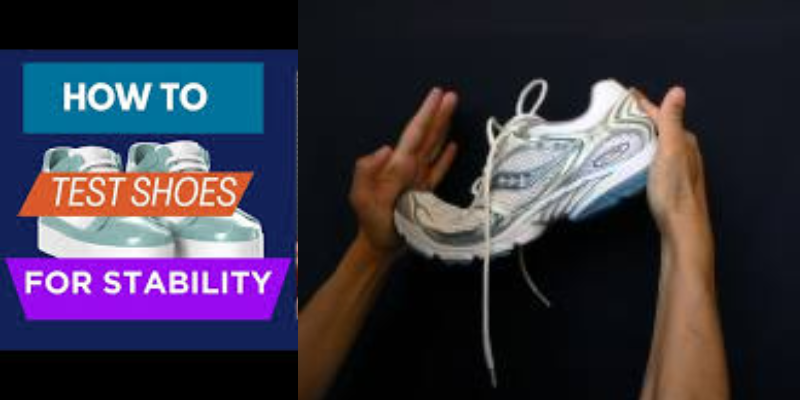
- Not sure if your toe box fits? Try these simple tests:
- Thumb Test: You should have about a thumb’s width of space between your longest toe and the front of the shoe.
- Wiggle Test: Can you wiggle all your toes freely without feeling pressure? If not, it’s too tight.
- Stand-Up Test: Your foot spreads when standing—make sure the shoe still feels roomy.
- Thumb Test: You should have about a thumb’s width of space between your longest toe and the front of the shoe.
- Try shoes on at the end of the day when your feet are slightly swollen (that’s your true size).
- Watch for signs of a bad fit: red marks, rubbing, numbness, or toes hitting the front.
- A good toe box should feel secure but never restrictive—roomy, not loose.
6. Toe Boxes by Foot Type: Custom Comfort
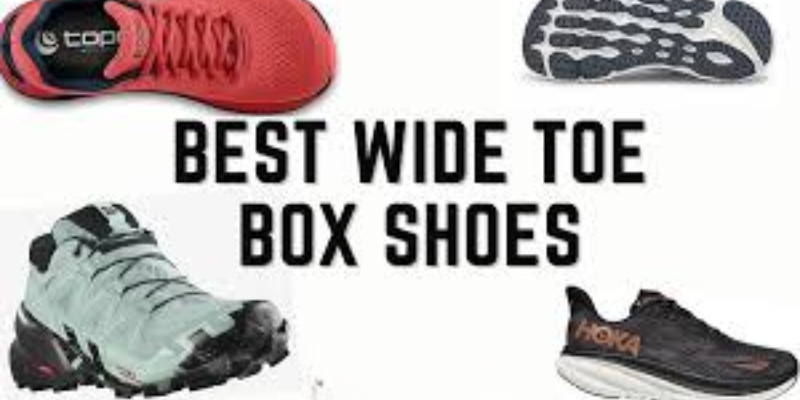
- Not all feet are built the same—your foot shape plays a big role in choosing the right toe box.
- Here’s what to look for based on common foot types:
- Wide Feet: Choose shoes with a wide or anatomical toe box—avoid anything pointed or heavily tapered.
- Narrow Feet: A roomy toe box is still important, but make sure the rest of the shoe holds your foot securely.
- Flat Feet or Fallen Arches: Look for a wide, supportive toe box that allows toes to spread and stabilize.
- High Arches: You’ll need extra depth to prevent pressure on the tops of your toes.
- Bunions or Hammertoes: A soft, spacious toe box is a must—look for stretch materials and zero internal seams.
- Diabetic or Sensitive Feet: Prioritize comfort, depth, and breathability to prevent irritation or pressure points.
- Wide Feet: Choose shoes with a wide or anatomical toe box—avoid anything pointed or heavily tapered.
- Matching your foot type to the right toe box reduces stress, improves balance, and helps prevent injury.
- When in doubt, go for foot-shaped designs that mimic the natural outline of your foot.
7. Breaking Down Toe Box Types
- Toe boxes come in different shapes—and each one affects how your feet feel. Here’s a quick breakdown:
- Pointed Toe Box: Common in dress shoes and heels. Looks sleek but squeezes toes, often causing pain and deformities.
- Rounded Toe Box: Offers more room than pointed styles but can still be too tight if it tapers sharply.
- Square Toe Box: Provides more room for the toes to spread, but can feel bulky if not well-designed.
- Anatomical Toe Box: Shaped to match the natural outline of the foot—widest at the toes, not the ball of the foot. Best for comfort and foot health.
- Asymmetrical Toe Box: Slight curve to match the natural angle of the toes—more forgiving than traditional symmetrical styles.
- Pointed Toe Box: Common in dress shoes and heels. Looks sleek but squeezes toes, often causing pain and deformities.
- Each style has its place, but if you’re looking for long-term comfort and foot health, anatomical or asymmetrical toe boxes are the way to go.
- Remember: just because a toe box looks wide doesn’t mean it is. Always test how it feels on your actual foot.
8. Style vs Health: Can Fashion Shoes Have a Good Toe Box?
- Let’s be real—most stylish shoes aren’t made with your toes in mind.
- Pointed-toe heels, narrow dress shoes, and trendy sneakers often prioritize looks over comfort.
- But here’s the good news: you don’t have to choose between style and foot health.
- More brands are now designing fashion-forward shoes with foot-shaped toe boxes that actually feel good.
- Look for shoes with:
- Subtle toe room disguised in sleek design
- Stretchy materials that mold to your foot
- Rounded or square shapes that still look sharp
- Subtle toe room disguised in sleek design
- You can look good and feel good—you just need to know what to look for.
- It’s not about ditching style—it’s about finding smart design that respects your feet.
9. Brands & Features to Look For
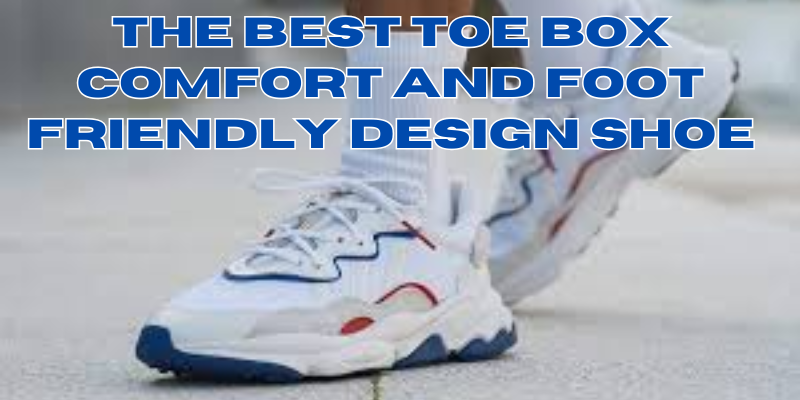
- Not all shoes are created equal—some brands are leading the way in toe box comfort and foot-friendly design.
- Here are a few worth checking out:
- Altra – Known for their wide, anatomical toe boxes and zero-drop soles (great for runners and walkers).
- Vivobarefoot – Foot-shaped design with thin, flexible soles for natural movement.
- Giesswein – Stylish, merino-wool shoes with breathable, roomy toe boxes.
- Lems – Minimalist shoes built around the natural shape of the foot.
- Xero Shoes – Lightweight, barefoot-style shoes with wide toe boxes and flexible support.
- Altra – Known for their wide, anatomical toe boxes and zero-drop soles (great for runners and walkers).
- Features to look for in any shoe:
- Foot-shaped toe box (widest at the toes, not the ball)
- Flexible materials that allow natural foot movement
- Stretch uppers or seamless designs to reduce pressure
- Adequate toe box depth so nothing presses on top of your toes
- Zero or low heel-to-toe drop to maintain natural posture
- Foot-shaped toe box (widest at the toes, not the ball)
- Don’t settle for shoes that just look comfortable—know what features make the difference.
10. The Future of Toe Box Design
- Shoe design is evolving—and the toe box is finally getting the attention it deserves.
- Here’s what’s coming next:
- 3D Foot Scanning: Some brands now scan your feet to create a more precise fit, including the toe box shape and depth.
- Custom Toe Boxes: On-demand manufacturing allows for toe boxes tailored to your exact foot anatomy.
- Smart Materials: Flexible fabrics that adapt to foot movement throughout the day—no more stiff or restrictive fits.
- Sustainable Design: Eco-friendly materials that support your feet and the planet. Think recycled knits, plant-based soles, and zero-waste construction.
- Foot-First Aesthetics: More designers are prioritizing function without sacrificing style—finally bridging the gap between health and fashion.
- 3D Foot Scanning: Some brands now scan your feet to create a more precise fit, including the toe box shape and depth.
- The future of footwear is about personalization, comfort, and intelligent design—and the toe box is leading that shift.
- If you care about your feet (and you should), this is where innovation starts to matter.
11. Fixing Feet After Years in the Wrong Toe Box
- If you’ve spent years in tight, narrow shoes, don’t worry—it’s not too late to undo the damage. Here’s how to start healing your feet:
- Toe Spacers: Gently realign and separate your toes to reverse years of compression.
- Foot Exercises: Try toe stretches, towel scrunches, and foot rolling to rebuild strength and mobility.
- Barefoot Time: Let your feet move naturally at home to restore balance and toe splay.
- Transition Slowly: If you’re switching to wider or barefoot shoes, ease in gradually to avoid strain.
- Foot Massage or Therapy Tools: Use massage balls or rollers to release tension built up from cramped footwear.
- Toe Spacers: Gently realign and separate your toes to reverse years of compression.
- Healing takes time, but with the right tools and consistency, your feet can regain strength, flexibility, and proper alignment.
- Think of it as foot rehab—you’re not just changing shoes, you’re giving your feet a second chance.
12. Final Checklist: Choosing the Right Toe Box
Before you buy your next pair of shoes, run through this quick checklist to make sure the toe box will actually work for your feet:
- ✅ Can you wiggle all your toes without restriction?
- ✅ Is there a thumb’s width of space in front of your longest toe?
- ✅ Do your toes feel flat and relaxed—not curled or squished?
- ✅ Does the shoe match your foot shape (not just your shoe size)?
- ✅ Is the toe box wide enough, deep enough, and shaped for real toes—not just looks?
- ✅ Is the material flexible or stretchy enough to move with your foot?
- ✅ Have you tested the fit while standing and walking?
If you answered “yes” to most of these, you’re on the right track. If not—your feet deserve better. Don’t settle.
13. Conclusion: Put Foot Health First (Without Sacrificing Style)
You don’t have to live with sore toes, aching feet, or shoes that feel like a daily battle. The problem isn’t your foot—it’s the shoe. And more often than not, it starts with the toe box. When you give your toes the space they need, everything changes: your posture, comfort, and even your mood.
I’ve made the switch, and you can too. Start paying attention to toe box shape, fit, and feel—and stop choosing shoes based on looks alone. The good news? You can absolutely have both.
Put your comfort first. Style will follow.
FAQs
A toe box is the space for your toes inside a shoe. Learn why it matters, how it affects foot health, and how to choose the right fit easily.
Yes—wearing tight or narrow toe boxes over time can lead to bunions, hammertoes, and nerve pain. These issues don’t happen overnight, but they build slowly with daily wear. Choosing a better-fitting toe box can help prevent or even reverse some of that damage.
Not at all. Even if you have average or narrow feet, you still need enough space in the toe box for your toes to move. Wide or anatomical toe boxes are about shape, not just width—they’re made to match the natural spread of your toes.
Yes, you can. More brands are blending fashion and foot health, offering sleek designs with roomier, foot-shaped toe boxes. It’s about knowing what to look for—not giving up on style.
Picking the right toe box is simple. Learn how to test shoe fit, what to avoid, and how to choose the best shape for long-term comfort.

- Be Respectful
- Stay Relevant
- Stay Positive
- True Feedback
- Encourage Discussion
- Avoid Spamming
- No Fake News
- Don't Copy-Paste
- No Personal Attacks



- Be Respectful
- Stay Relevant
- Stay Positive
- True Feedback
- Encourage Discussion
- Avoid Spamming
- No Fake News
- Don't Copy-Paste
- No Personal Attacks


